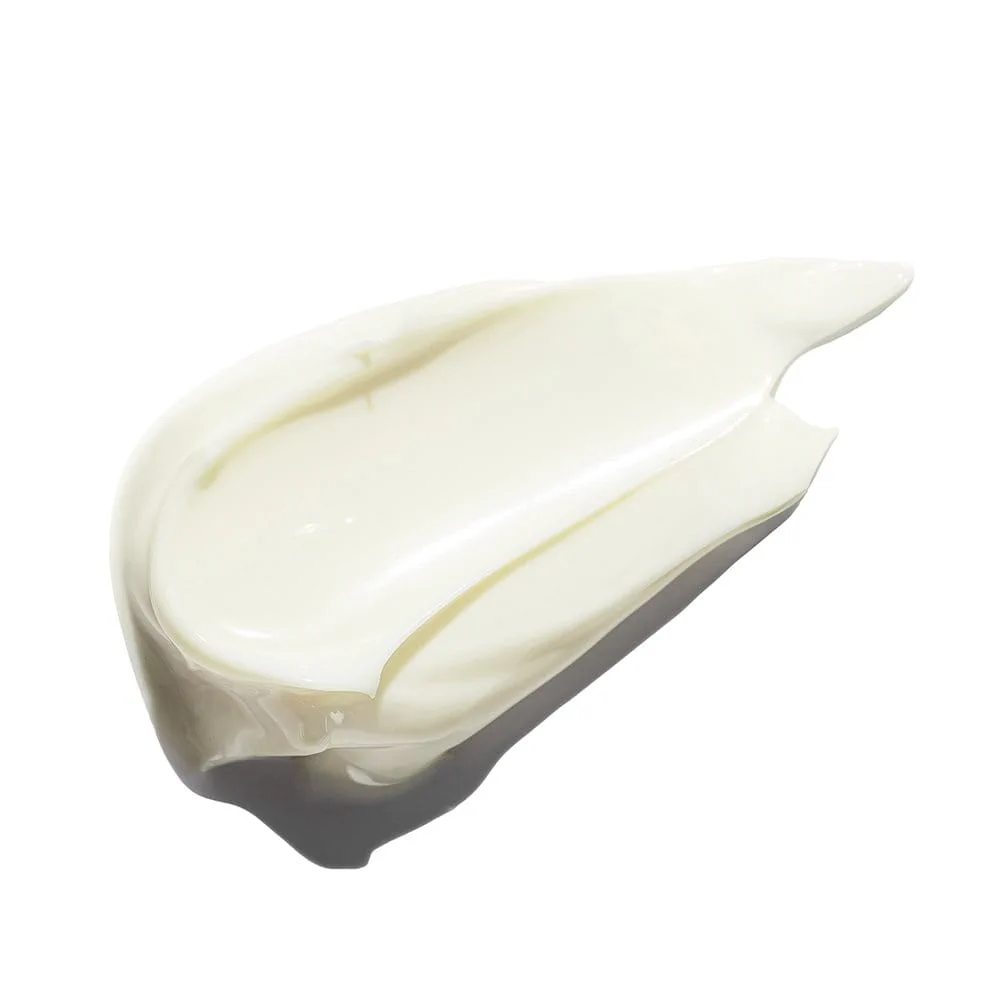We take responsibility. For your skin. And our planet.





We take responsibility. For your skin. And our planet.
About
For the prevention of actinic keratosis and non-melanoma skin cancer
Actinic Control MD SPF 100 is a certified medical device for the prevention of actinic keratosis and non-melanoma skin cancer. Furthermore, it serves as an adjunctive treatment for actinic keratosis. UV-induced DNA damage to keratinocytes can cause actinic keratosis.
Actinic keratosis is the most common pre-cancer on the skin, potentially progressing into non-melanoma skin cancer (squamous cell carcinoma) if left untreated.
But the right sun protection can make all the difference.
The high effectiveness of Actinic Control MD comes from its high SPF 100. The higher the SPF, the more UVB-rays are blocked out – which are a major cause of cell damage. The more UVB-rays are blocked out, the less cell damage the skin will accumulate during sun exposure. An SPF 100 for example blocks out about 99% of UVB-rays. Additionally, the high SPF 100 can also compensate for sunscreen under-application.
As a light textured fluid, it is suitable for everyday use, making it pleasant to apply, and easy for you to stay protected while enjoying everyday outdoor activities.
Ingredients
We choose all our ingredients with great care and never compromise on quality. Learn more about the key ingredients of this product.
The ingredients in our brand products are updated regularly. For this reason, occasionally there may be discrepancies between the ingredients on our website and on our product packaging. We therefore recommend that you always pay attention to the information on our product packaging and check the ingredients listed there.
What is the difference between UVA and UVB?
UVA rays penetrate the deeper layers of skin. They stimulate the production of free radicals in the skin which cause oxidative stress and can lead to indirect DNA damage where the free radicals modify cellular DNA over time. UVA rays are most commonly associated with photoageing (premature skin ageing caused by the sun). They can also trigger sun allergies such as Polymorphous Light Eruption (PLE).
UVB rays provide the energy your skin needs to make Vitamin D and stimulate the production of melanin which is skin’s own protection process to reduce cell damage and is responsible for tanning. UVB rays don’t travel as deeply as UVA rays, penetrating only the outermost layers of skin, but they cause more immediate damage such as sunburn. UVB rays are directly absorbed by cellular DNA which can lead to skin diseases such as actinic keratosis and skin cancer.
Both types of UV can induce hyperpigmentation and may contribute to conditions such as sun spots (also known as age spots) and melasma.
Why is it important to apply and reapply sun protection thoroughly and regularly?
We tend to significantly under-apply protection to vital areas such as the face, neck, head, nose and scalp, which are key areas for over-exposure to harmful UVB and UVA rays. In fact, our study found that men leave 13% of the exposed body’s surface uncovered1 when applying protection.
It is therefore important to apply sun protection evenly to the face and sun-exposed areas of the body. The specified protection factor is only achieved with an applied amount of 2 mg per cm2. Wait for the product to be absorbed first before applying other cosmetic products. Reapply every two hours during sun exposure.
Use finger-length amounts to determine the correct dosage. A finger length equates to roughly two grams of product. Apply as follows:
How can I protect my body from the sun?
Adopting a sensible attitude to the sun is the best way to minimise the risk of sun damage to skin:
Read also some related articles
Aqua, Alcohol Denat, Butylene Glycol Dicaprylate/Dicaprate
Learn More
